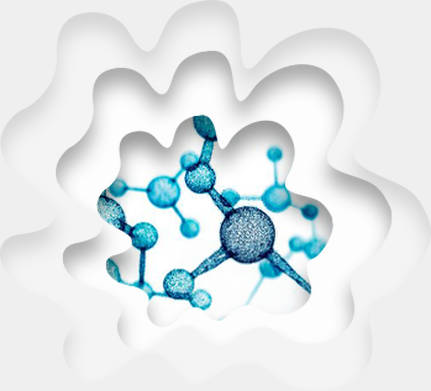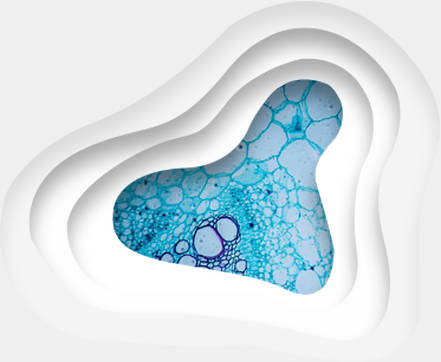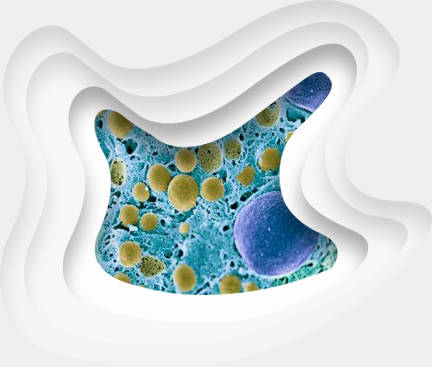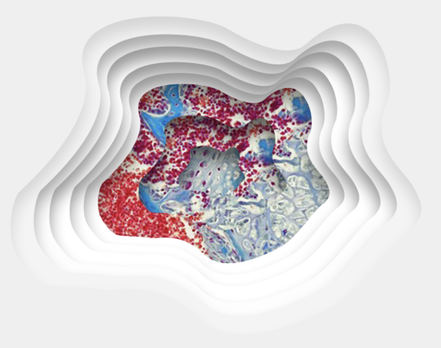This page contains supplementary information to support a poster presented at the Virtual 17th Annual Meeting of ISMPP (International Society for Medical Publication Professionals), April 12–14, 2021.
I. Explainer video
This video serves as an on-demand walk-through explanation of the poster content.
II. Authors and affiliations
Clarinda Cerejoa, Sarayu Paia, Haruko Isomurab, Yumi Ioib, Ken-Ichi Setsukinaic, and Nobuhiko Ishizukad
aCactus Life Sciences, Cactus Communications, Mumbai, India
bCactus Life Sciences, Cactus Communications, Tokyo, Japan
cMedical Affairs Department, Shionogi & Co., Ltd., Osaka, Japan
dMedical Affairs Division, Chugai Pharmaceutical Co., Ltd., Tokyo, Japan
III. Abstract
Objective: Plain-language summaries (PLSs) are considered pivotal for patient engagement and accessibility of scientific research. We aimed to understand the current state and challenges for PLS development in Japan.
Research design and methods: Medical Affairs (MA) representatives from seven domestic and two global pharma companies in Japan were interviewed to assess their understanding of Japan’s regulatory requirements and stakeholder expectations around PLSs; their company’s policies, processes, and challenges for PLS development; types of PLSs developed (clinical trial or journal article PLSs); and the future of PLS in Japan.
Results: While interviewees acknowledged the importance of PLSs, PLS development for unapproved drugs is not mandatory in Japan. Clinical trial PLSs are more common than journal article PLSs and are typically developed to update trial participants, not for publication. PLS development is more commonly undertaken in global companies, initiated by clinical teams as part of clinical trial standard operating procedures, with Japanese counterparts localizing globally released PLSs.
Challenges for PLS development in Japan include
- regulations prohibiting direct communication from pharma companies to patients;
- balance between transparency and promotion;
- fear of misinformation spreading through divulging early clinical trial results to patients;
- terminology/lexicon development to accurately convey technical terms in simple Japanese;
- including PLSs within MA scope and providing adequate training; and
- few strong, structured patient advocacy groups.
Conclusions: While Japanese pharma recognizes the need for patient engagement, regulatory reforms are required to overcome the current challenges with PLS development. The growing influence of patient advocacy groups and global legislations such as the EMA mandate may provide an impetus to such reforms.
Keywords: Asia-Pacific, Plain language summaries (PLS), Patients
IV. Details of interviewees
Codes were assigned to the interviewees based on which of the authors conducted the interview (Haruko Isomura or Yumi Ioi).
| Code | Department | Domestic/global |
| HI01 | Medical Affairs | Domestic |
| HI02 | Medical Affairs | Domestic |
| HI03* | Medical Affairs | Domestic |
| HI04 | Medical Affairs | Domestic |
| HI05 | Publication, Medical Affairs | Global |
| HI06 | Publication, Medical Affairs | Domestic |
| HI07 | Medical Affairs | Domestic |
| YI01# | Medical Affairs | Global |
| YI02 | Medical Affairs | Domestic |
#2 interviewees participated from this company and they had similar responses for all the questions.
V. Additional quotes from the interviewees
Firstly, I think in Japan, the position of ‘patients’ is very different from that in the US. In the US/EU, PAGs are very active and strong, and their insights are often utilized for clinical development.
We have a desire to hear patients’ voices and want to increase our involvement, and there is a movement within the company to create opportunities at conferences, for example, to talk to patient groups through a doctor. We also want to build relationships with healthcare professionals, such as nurses. We feel there is a need for information from patients, especially in the areas of rare diseases and oncology. However, I don’t think we have a system in place to reach patients directly. I think that is true for Japan as well as my company.
Japanese patients have been used to following doctors’ opinions, and this tendency is more visible for common diseases (rare disease patients and families tend to be more active in advocacy). I am not sure if all physicians would be happy with this new movement toward creating CT PLSs to share with public/patients. While many doctors do see the importance of patient centricity, some may feel this will cause another challenge.”
As for publication PLSs, although it is not yet mandatory, visual abstracts have recently appeared, and I have the impression that similar kinds of PLSs will increase in the future.
As mentioned, PLSs we currently develop are only to share with clinical trial participants. We develop these in a booklet to share with patient participants. The digital format is not allowed.
I do not know about journal PLSs. We do develop CT PLSs, and I think this has been implemented in the last 2 years or so. It is based on the concept of “sharing the results with patient participants,” not as a part of the publication strategy. CT PLSs are handled by the Clinical Development team, and I believe they collaborate with US/EU colleagues as most of our clinical trials are global studies.
Patient outreach including PLSs is definitely of our interest, and we would like to push ahead to increase disease awareness. I am not sure if the situation can change in 2-3 years, but JPMA has assembled a taskforce on this initiative and I believe PLSs will get adopted and implemented over a time.
VI. Study strengths and limitations
Strengths
- As per our literature search, this is the first study to delve into the perceptions of pharmaceutical companies in Japan regarding the adoption of PLSs and challenges with regard to PLS development.
- As PLS development and adoption are at a nascent stage globally, the open-ended format of the interview questions helped the interviewers to probe deeper on specific points depending on earlier responses and thus gather maximum valuable inputs from each interviewee.
Limitations
- The interviewees were mainly from within the professional networks of the study authors, which may have resulted in a selection bias.
- Since this was not intended to be a rigorous academic study, the sample size was small and not statistically validated for power.
- Although we tried to achieve a fair balance between the number of interviewees from domestic and global pharmaceutical companies in Japan, we were able to get representation from only two global versus seven domestic pharmaceutical companies, thereby restricting comparison between the scenario between domestic and global companies in Japan.
Share this post
About the author

Clarinda Cerejo
Clarinda Cerejo is Senior Director, Thought Leadership, at Cactus Life Sciences













